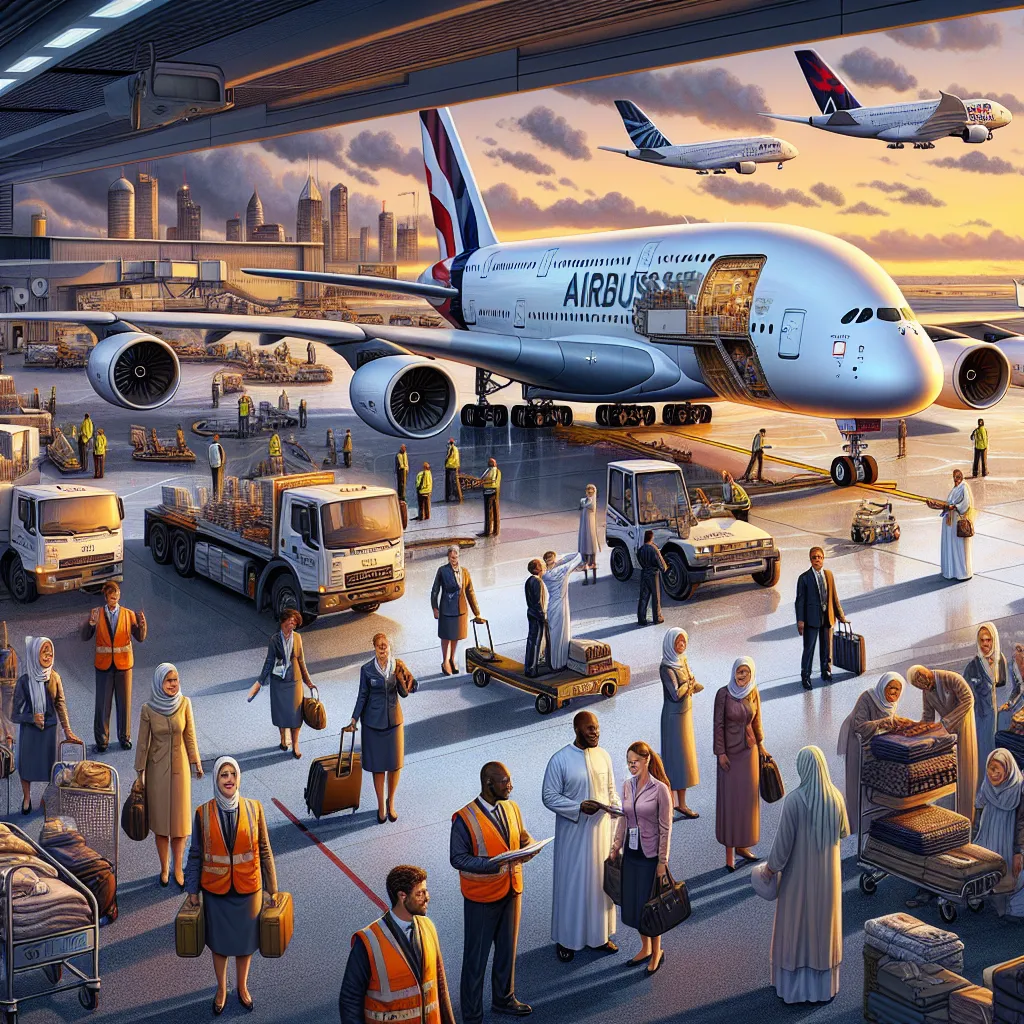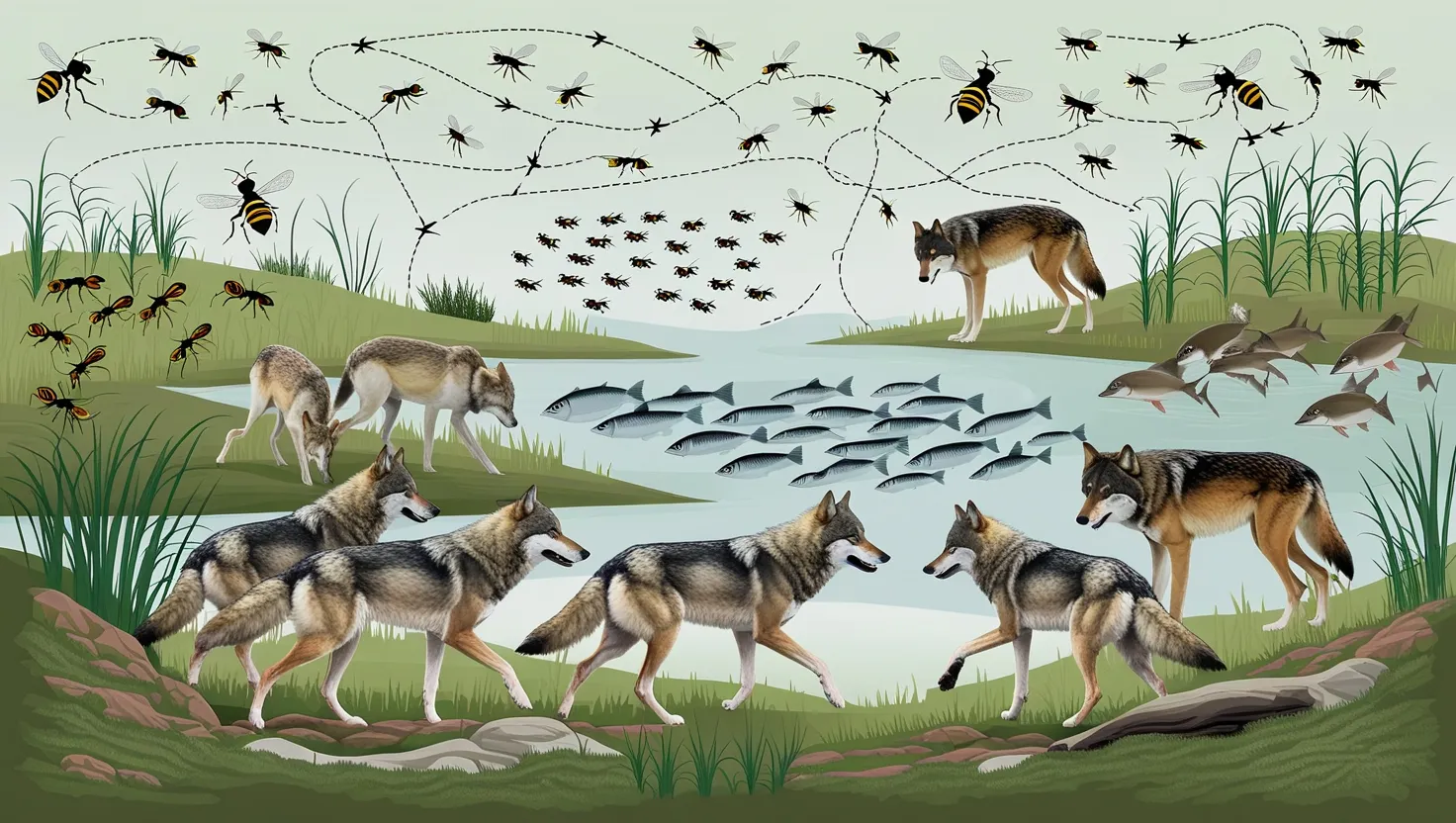Every year, more than 300 million passengers embark on long-haul flights, traveling over 6 billion miles. These epic journeys are conducted by some of the largest airplanes in the world, resembling flying hotels. But what does it really take to keep these giants in the sky?
Imagine the hustle at London’s Heathrow Airport just before dawn. The world’s largest passenger plane, the Airbus A380, is being towed to its stand. It’s 73 meters long, 25 meters high, and has a wingspan of 80 meters. In just two hours, it will set off on its daily 11,000-mile journey to Sydney, Australia, ferrying up to 484 passengers in comfort and style.
The preparation for such a monumental trip is like a well-orchestrated ballet. Everyone, from refuelers and baggage handlers to engineers and cleaning crews, has a choreographed role. The process is broken down minute by minute, ensuring the aircraft is ready to depart on time.
The 21 cabin crew members arrive early for a pre-flight briefing. Each has a specific role, catering to different sections of the plane. Sarah Kelly, an economy flight attendant, has been flying for five years. Aviation runs in her blood; her father was an air captain, instilling in her a love for travel and the thrill of flying.
Second Officer Adam Thompson conducts a meticulous inspection of the aircraft, checking everything from the engines to the tires for any potential issues. This ensures the plane is in top-notch condition for its long journey.
Onboard, passengers each have their stories. Malcolm and Adelaide are about to fly long-haul for the first time to meet family they never knew they had in Australia. Young parents Daniel and Bethany are traveling to Sydney to see if it could be their new home. There’s also Sha, who is surprising his mom for her 60th birthday, and Belinda, who, after nearly four years abroad, is returning home to her fiancé.
Meanwhile, the cargo hold is bustling with activity, not just for luggage but also for freight and even pets. At Heathrow’s bonded warehouse, up to 450 tons of cargo is handled daily, from clothing and cars to live animals. Today, two dogs, Mitsy and Alfie, are being relocated back to Australia.
As the A380 takes off, it climbs to 40,000 feet. This altitude offers a smooth ride, with the plane cruising at 500 mph. Meal service becomes a major task for the crew, especially in business class, where dining mimics a high-end restaurant experience.
Much like the passengers, the cabin crew also has periodic breaks. They rest in a secret, cozy compartment with bunk beds. It’s a quiet sanctuary where they can relax during their downtime.
As the flight nears Sydney, the air traffic controllers guide it safely to the runway, taking special care due to the A380’s large weight turbulence. Finally, the plane lands, and passengers disembark. Malcolm’s emotional reunion with his long-lost sisters serves as a poignant reminder of the extraordinary journeys these aircraft make possible.
Each long-haul flight not only bridges continents but also reconnects lives, embodying the magic and spirit of modern aviation. As technology advances, non-stop 19-hour flights from the UK to Australia will soon become a reality, making our world even smaller. Yet, the romance and excitement of long-distance travel remain, transporting millions and billions of miles each year.






